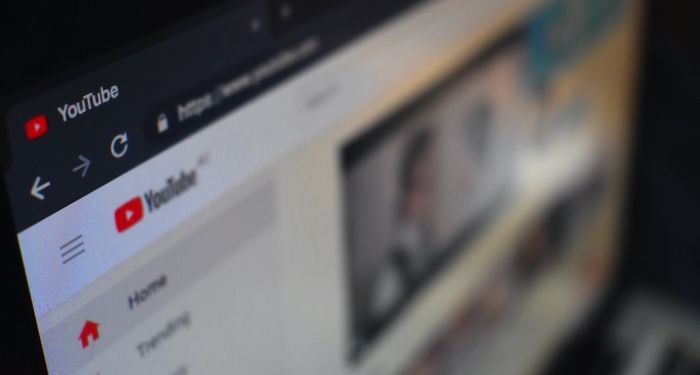
What is Digital Literature? Understanding the Genre
Maybe some of you have read a short story on Twitter, seen a video poem on YouTube, or just followed the path of a hypertext story. It may surprise you, but all those things I just mentioned, and more, are considered literature. Digital literature, to be precise. Digital literature, or electronic literature, has been an emerging genre for decades now. But what exactly is it?
A Definition of Digital Literature
Like speculative fiction or slipstream, digital literature is a vague concept. The definition changes depending on who you ask. Some say it is made up of texts that were created digitally, and that are (usually) meant to be read on a computer. The Electronic Literature Organization (ELO) has another definition for it: “[W]ork with an important literary aspect that takes advantage of the capabilities and contexts provided by the stand-alone or networked computer”.
A more updated definition comes from the writer Simon Groth. He says that the intention of digital literature is to “showcase innovation and creativity in storytelling for digital media and new directions in contemporary literary practice informed by technology.” It’s still a very vague definition, and just like the others it provides absolutely no guidelines as to what can be considered digital literature or not. But that’s why I think it works. Because, like the others, it tells you that its main component is the use of technology. But it also leaves breathing room for newer technologies such as smart watches, smartphones, virtual reality, platforms like Twine, among other things. Technology that didn’t exist when the ELO wrote their definition in 2007.
Wait what? Then what IS digital literature?
So basically, it’s a new medium for literature. It takes advantage of technology to both write and present a piece of writing. Because it comes in many shapes and sizes, there is a lot of gray area in what can actually be considered digital literature, but think of it as the middle ground between ebooks and video games (none of which are digital literature, but they do share a lot of common ground). Or you can see it as an intersection of digital media and textuality.
So if you write a novel on your computer and print it? Not digital literature.
But if you write a novel and publish it in a blog or social media, while you interact with your readers, then that’s digital literature.
Examples and Genres of Digital Literature
There is so much digital literature out there, and from a wide selection of genres. Plus, it’s an ever-growing field that moves with new technological advances. Tomorrow, ten new forms of digital literature may be created. So this list is by no means comprehensive. But here are a few examples of Digital Literature to pique your interest, and hopefully inspire you to create some of your own writing.
Twitterature
From poetry to fiction, collaborative or individual, there are many ways to use Twitter to create literature. An example of Twitterature is the account Dead End Fiction, which publishes horror-themed microfiction.
Hypertext
Hypertext fiction uses hyperlinks to create a non-linear narrative. This gives it a choose-your-own-adventure vibe to any story, and as readers you can choose what link to follow and therefore what path the story takes. An example of this is the story “I Have Said Nothing” by J. Yellowlees Douglas.
Generators
This type of literature requires some specialized knowledge as you need to know how to code an algorithm. These algorithms are programmed to cycle from some random words, phrases, media, etc. to create an entirely new story for every reader. I’ve seen them used in poetry and long fiction alike. A famous poetry generator is Nick Monfort’s “Taroko Gorge”. And you can also take a look at Novelling, an online novel about writing that combines text, audio, and video.
Video Poetry
Video poetry is exactly what it sounds like. It’s a poem accompanied by a video, be it a recording or graphics. Usually, the poem is narrated in the background while you enjoy the visuals that complement each verse. A simple example would be “We Keep Searching,” a video poem published on YouTube.
If you want to see more examples, the ELO has a pretty comprehensive directory of digital literature works, and it also compiles archives with new works.
So… is it literature?
Just like its definition, it depends on who you ask. But to answer this question, I want to go back to basics. According to the Merriam-Webster Dictionary, literature is “writings having excellence of form or expression and expressing ideas of permanent or universal interest.” To me, the key part of Merriam-Webster’s definition is “expressing ideas of permanent or universal interest.” There’s no reason such texts can’t be produced and presented on a screen. I’d argue that what matters in literary works is not the format, but the feeling that the author tries to convey to the readers.
So is digital literature literature? Absolutely.

















